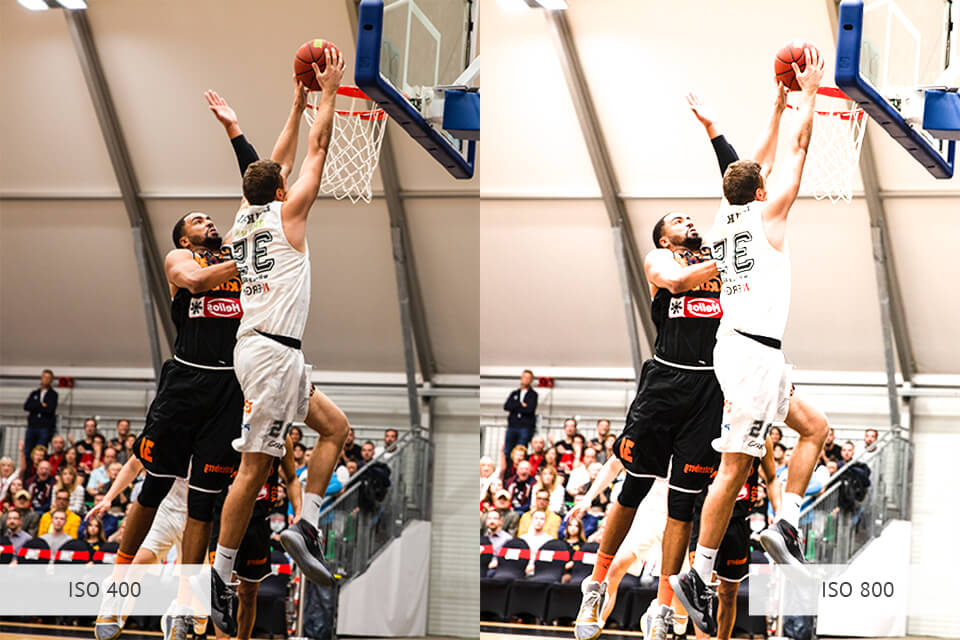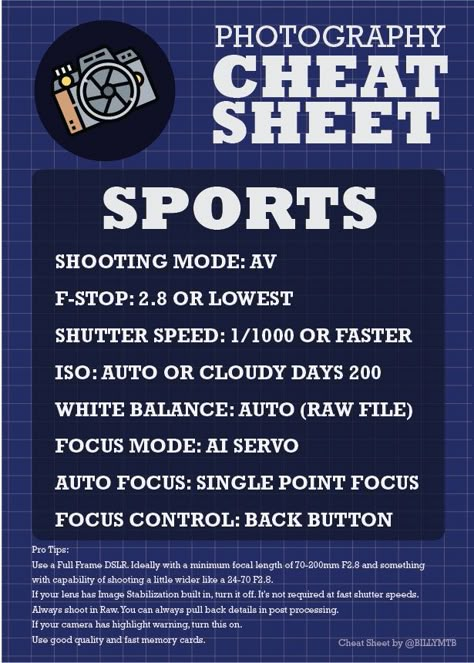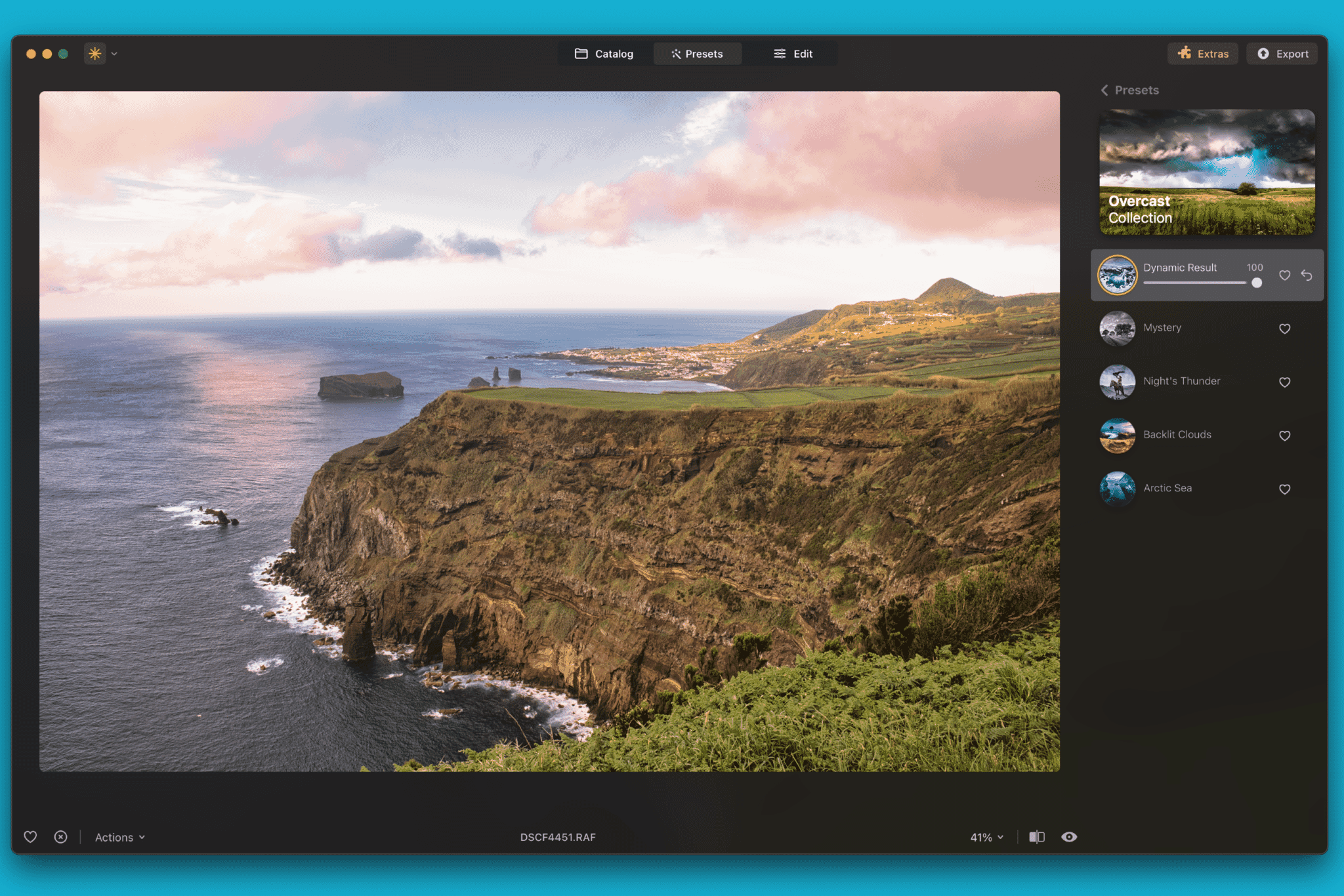Best Camera Settings For Indoor Sports

Capturing the electrifying energy of indoor sports requires more than just a point-and-shoot approach. It demands a mastery of camera settings to freeze fast-paced action and combat challenging lighting conditions. For value-conscious shoppers eager to document their child's basketball game or capture a local volleyball tournament, understanding the optimal camera settings can transform blurry snapshots into stunning memories.
Understanding the Challenges of Indoor Sports Photography
Indoor sports photography presents a unique set of hurdles. Low light, fast-moving subjects, and varying arena conditions all conspire to create difficulty for novice photographers.
The Exposure Triangle: ISO, Aperture, and Shutter Speed
The exposure triangle is the cornerstone of photography. Mastering the interplay of ISO, aperture, and shutter speed is critical for properly exposed and sharp images.
ISO controls the camera's sensitivity to light. Higher ISO settings allow for shooting in darker environments, but often introduce noise or grain into the image.
Aperture refers to the size of the lens opening. A wider aperture (lower f-number) allows more light to enter the camera, creating a shallow depth of field.
Shutter speed determines how long the camera's sensor is exposed to light. Faster shutter speeds freeze motion, preventing blur.
Recommended Camera Settings for Indoor Sports
Here are starting points for camera settings, adaptable based on specific conditions:
- Shooting Mode: Shutter Priority (Tv or S) or Manual (M)
- Shutter Speed: Start at 1/500s and adjust upwards to freeze motion (e.g., 1/800s, 1/1000s).
- Aperture: Set to the widest possible aperture (lowest f-number) your lens allows (e.g., f/2.8, f/1.8).
- ISO: Adjust ISO to achieve a proper exposure, starting at ISO 800 and increasing as needed. Be mindful of noise levels.
- Focus Mode: Continuous AF (AI Servo on Canon, AF-C on Nikon/Sony) to track moving subjects.
- Drive Mode: Continuous shooting mode (burst mode) to capture a sequence of images.
- White Balance: Set to Auto or adjust based on the arena's lighting (e.g., Incandescent, Fluorescent).
- Metering Mode: Evaluative/Matrix metering to assess the overall scene.
Camera Equipment for Indoor Sports Photography
While technique is key, the right equipment can make a significant difference.
Budget-Friendly Options
Canon EOS Rebel T7 with EF 50mm f/1.8 STM: This combination provides excellent image quality and a fast aperture at a reasonable price. It offers good value for beginners.
Nikon D3500 with AF-S DX NIKKOR 35mm f/1.8G: Similar to the Canon, this setup offers a lightweight and affordable entry point. The 35mm lens is versatile for various indoor scenes.
Mid-Range Performers
Sony Alpha a6000 with Sony E 50mm f/1.8 OSS: This mirrorless camera boasts fast autofocus and a compact design. The 50mm lens provides image stabilization.
Fujifilm X-T30 II with XF 35mm f/2 R WR: This camera offers excellent image quality and a classic design. Fujifilm cameras are known for their exceptional color science.
High-End Choices
Sony Alpha a7 III with Sony FE 24-70mm f/2.8 GM: A full-frame sensor and a versatile zoom lens deliver exceptional image quality and performance. Its autofocus system is superb.
Canon EOS R6 with RF 24-70mm f/2.8L IS USM: Canon's mirrorless offering provides outstanding low-light performance. The RF lens delivers sharpness and image stabilization.
Detailed Reviews
Canon EOS Rebel T7 with EF 50mm f/1.8 STM
The Canon EOS Rebel T7 paired with the EF 50mm f/1.8 STM lens is a great entry-level option for indoor sports photography. Its strengths lie in its affordability and ease of use.
The 50mm f/1.8 STM lens allows for shooting in low light, creating a blurred background to highlight the subject. However, its autofocus may struggle with very fast-moving subjects in challenging conditions.
Sony Alpha a6000 with Sony E 50mm f/1.8 OSS
The Sony Alpha a6000 is a compact and powerful mirrorless camera that offers a significant upgrade in autofocus performance compared to the Rebel T7. The 50mm f/1.8 OSS lens features optical image stabilization, further aiding in low-light shooting.
The a6000's fast autofocus system excels at tracking moving subjects. It is also lighter and more compact, making it easier to carry to games.
Sony Alpha a7 III with Sony FE 24-70mm f/2.8 GM
The Sony Alpha a7 III is a full-frame mirrorless camera designed for professionals and serious enthusiasts. Paired with the Sony FE 24-70mm f/2.8 GM lens, it delivers exceptional image quality, low-light performance, and versatility.
The a7 III's full-frame sensor offers a wider dynamic range and superior low-light capabilities compared to crop-sensor cameras. The 24-70mm lens provides a useful zoom range for capturing various perspectives. This camera's autofocus is top-notch.
Side-by-Side Specs Table
| Feature | Canon EOS Rebel T7 | Sony Alpha a6000 | Sony Alpha a7 III |
|---|---|---|---|
| Sensor Size | APS-C | APS-C | Full-Frame |
| Autofocus System | 9-point AF | 179-point AF | 693-point AF |
| Max ISO | 6400 (expandable to 12800) | 25600 (expandable to 51200) | 51200 (expandable to 204800) |
| Continuous Shooting | 3 fps | 11 fps | 10 fps |
| Video Resolution | 1080p | 1080p | 4K |
| Image Quality Score (out of 10) | 7 | 8 | 9 |
| Autofocus Performance Score (out of 10) | 5 | 8 | 10 |
| Low Light Performance Score (out of 10) | 6 | 7 | 9 |
| Value Score (out of 10) | 9 | 7 | 6 |
Practical Considerations
Consider the size and weight of the camera, especially if you'll be carrying it around for extended periods.
Battery life is crucial, so bring extra batteries or a power bank. A camera strap or harness will provide comfort and security.
Conclusion
Capturing indoor sports effectively involves understanding the exposure triangle, selecting appropriate camera settings, and choosing the right equipment. Consider your budget, the level of performance you require, and the practical aspects of carrying and using the gear.
By carefully weighing these factors, you can equip yourself with the tools and knowledge to capture stunning images of all the action.
Ready to take your indoor sports photography to the next level? Research and compare different camera models and lenses, keeping your specific needs and budget in mind. Visit your local camera store or browse online retailers to find the perfect setup for you.
Frequently Asked Questions (FAQ)
Q: What is the best ISO setting for indoor sports?
A: The best ISO depends on the lighting conditions. Start at ISO 800 and increase until you achieve a proper exposure, being mindful of noise levels.
Q: Should I use a flash for indoor sports photography?
A: Generally, avoid using flash as it can be disruptive and create harsh shadows. Instead, prioritize fast lenses and high ISO settings.
Q: What is the best focus mode for capturing moving subjects?
A: Continuous AF (AI Servo on Canon, AF-C on Nikon/Sony) is the best focus mode for tracking moving subjects.
Q: What is the best shutter speed for freezing motion?
A: Start with a shutter speed of 1/500s and adjust upwards (e.g., 1/800s, 1/1000s) to freeze motion effectively.
Q: Is a prime lens or zoom lens better for indoor sports photography?
A: Prime lenses (e.g., 50mm f/1.8) offer wider apertures and better low-light performance. Zoom lenses (e.g., 24-70mm f/2.8) provide more flexibility in framing shots.


















